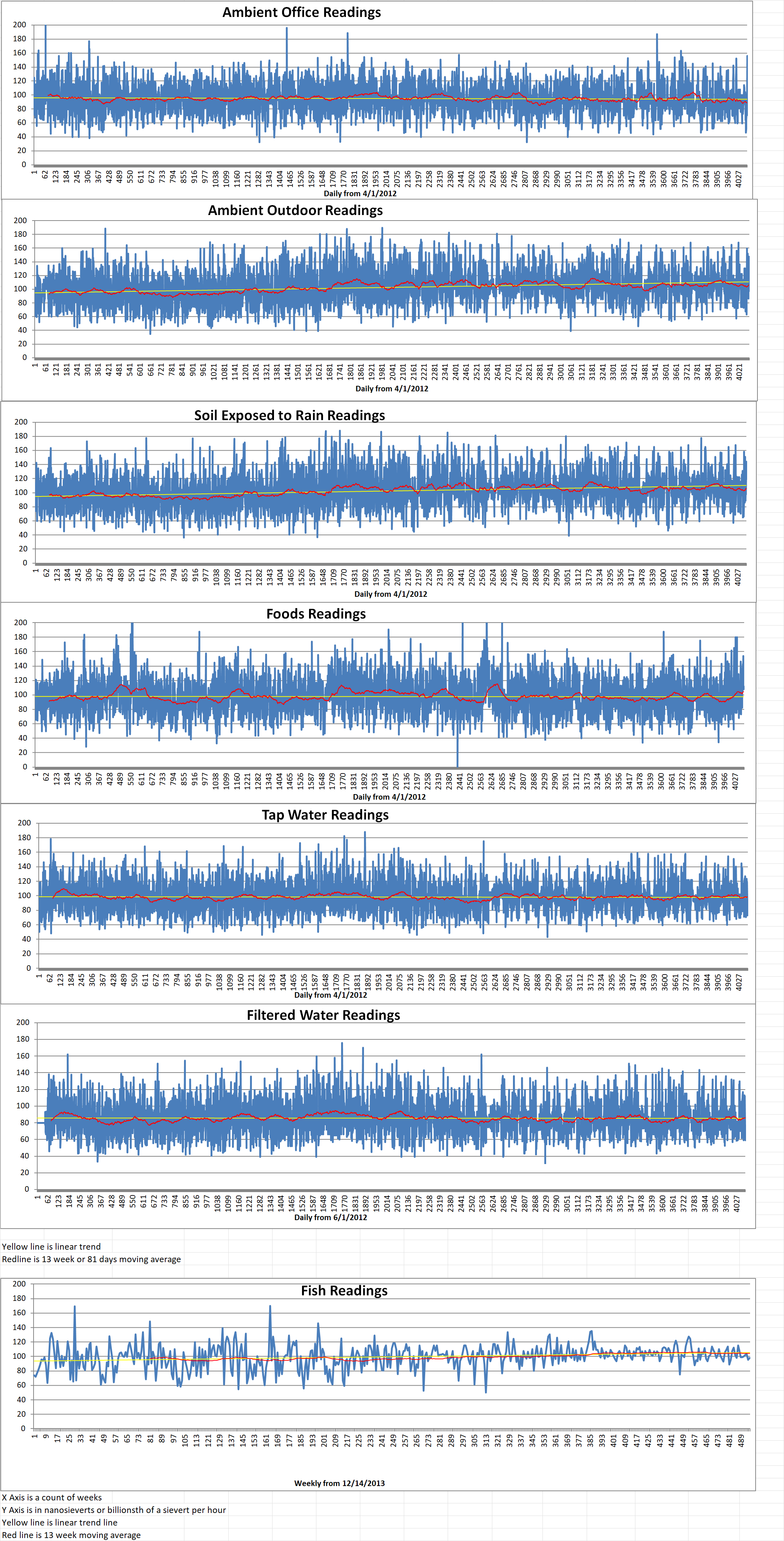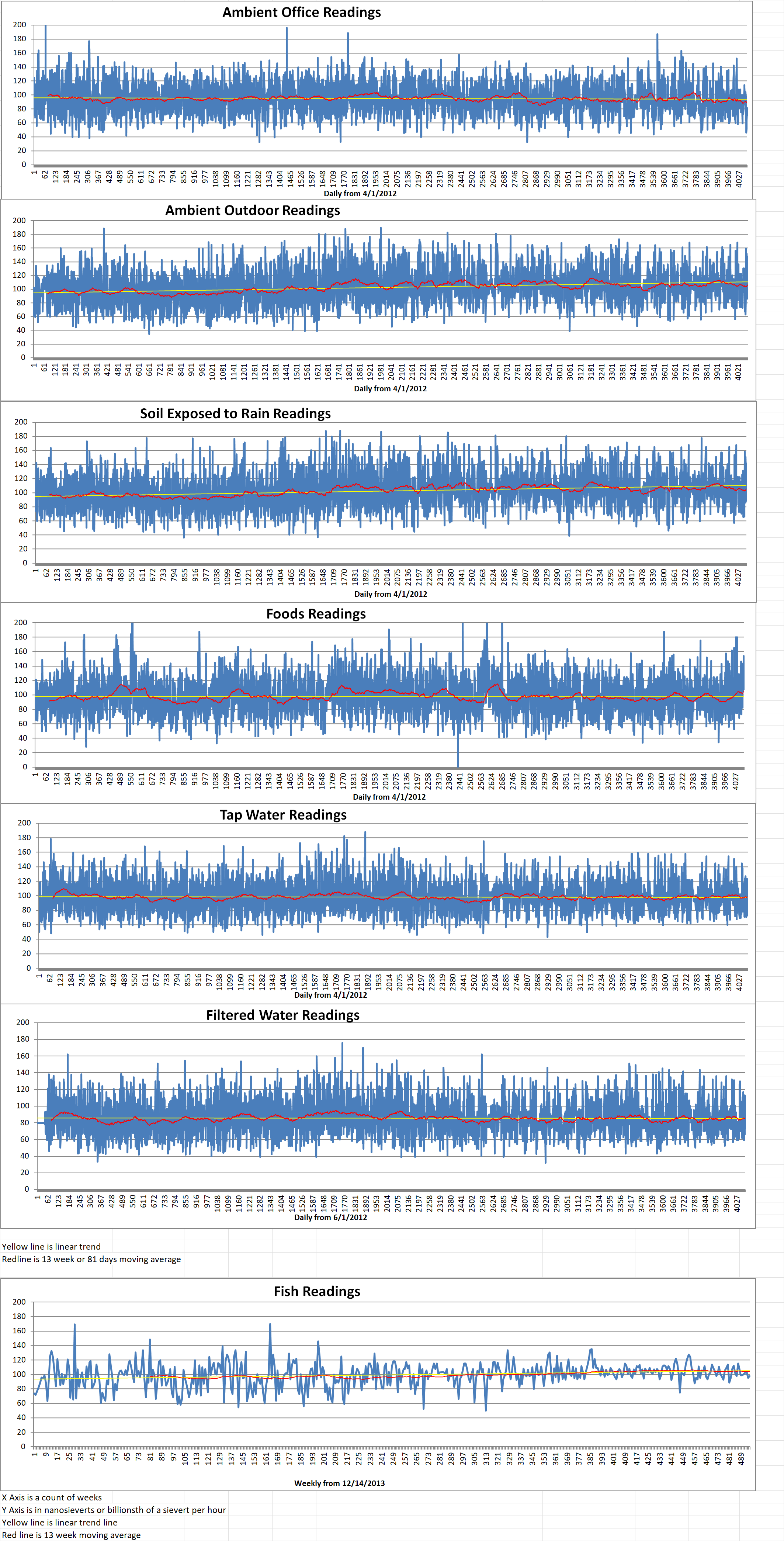Part 1 of 2 Parts
Organizers of the United Nations Climate Change Conference (COP28) believe that nuclear energy must play a role in weaning the world off fossil fuels. They are probably comfortable with Chinese plans to make nuclear power a major part of its energy future. High-profile accidents at Three Mile Island, Chernobyl and Fukushima have tarnished the attraction of nuclear power in much of the world. China is the world’s largest carbon emitter but it is pressing ahead with plans for new nuclear construction.
China has approved at least twenty-one new nuclear power reactors since 2021. Each year, six to eight new nuclear reactors are expected to be approved. This was reported by Xinhua which is the state-controlled news agency. China already generates more power through nuclear energy than any other country except the U.S. They aim to meet ten percent of their national power needs with nuclear energy by 2035 and eighteen percent by 2060.
Sultan Al Jaber is the President of the United Nations Climate Change Conference (COP 28), which opens November 30th in Dubai. Jaber told Agence France-Presse earlier this year that he supports expanding nuclear power. He called it a “robust bridge” in energy transition.
However, China has a long way to go in its nuclear ambitions and several serious obstacles to overcome if it is to reach its goal. Nuclear power currently accounts for only two and two tenths of its installed electricity generation capacity and ranks last behind other alternative energy sources including thermal, hydro, wind and solar.
Safety concerns following Japan’s devastating Fukushima nuclear disaster in March of 2011 have hampered the growth of nuclear energy in China. This was reported by Philip Andrew-Speed who is a senior researcher fellow at the Oxford Institute of Energy studies. Andrew-Speed said that “What happened after Fukushima was [China] suspended the construction of all new [nuclear] plants. They also sustained this policy that no inland nuclear power plants [can be built].”
The planned nuclear power plants will be constructed near the coastline as it requires a lot of fresh water for them to operate. It is considered less of a risk to discharge highly radioactive wastewater into bodies of water near the plants.
Compared with other clean energy sources such as solar and wind plants, nuclear power plants require longer to construct and put into operation. This is because of their complex nature and safety concerns according to nuclear experts. China currently has a shortage of skilled workers in this field.
Currently, there are about fifty-five nuclear power plants in China. Another twenty plants are under construction. Achieving ten percent of energy mix by 2035 could be very difficult. Bing Lam Luk is the laboratory manager for the City University of Hong Kong and the chairperson of the Hong Kong Nuclear Society.
Luk said “It takes on average about 10 years or more to build one plant, so unless authorities speed up greenlighting new plants, reaching 10% can be hard. … Another issue is that it’s increasingly difficult to find a new site along the coast to build it.”
Please read Part 2 next
Blog
-

Nuclear Reactors 1313 – Some Experts Question Whether China Can Meet Its Ambitious Nuclear Goals – Part 1 of 2 Parts
-
Nuclear News Roundup November 29, 2023
Gov. J.B. Pritzker signs measure lifting Illinois’ moratorium on new nuclear power plants heraldpalladium.com
Erdogan says Turkey, Greece could cooperate on nuclear energy reuters.com
No Good Reason for Nuclear Testing, Part 2 armcontrolcenter.org
US, South Korea and Japan Urge Stronger International Push to Curb North Korean Nuclear Program usnews.cim
-

Geiger Readings for November 29, 2023
Ambient office = 156 nanosieverts per hour
Ambient outside = 119 nanosieverts per hour
Soil exposed to rain water = 119 nanosieverts per hour
Tomato from Central Market = 112 nanosieverts per hour
Tap water = 73 nanosieverts per hour
Filter water = 59 nanosieverts per hour
-

Nuclear Reactors 1312 – Estonia Is Considering The Need To Deploy Nuclear Power
Jevgeni Ossinovski is a Social Democratic Party (SDE) Member of Parliament and a former government minister. He said that a nuclear power plant should only be constructed in Estonia if it is an unavoidable necessity. Ossinovski made his remarks at a debate of party politicians which formed part of Monday’s Nuclear Energy Information Day conference.
Estonia has no nuclear power plants a present. The possibility of constructing a small modular reactor (SMR) in a costal area of the country is being debated. The U.N.’s International Atomic Energy Commission (IAEA) last month announced that it found that Estonia has the capacity to move forward with the deployment of nuclear energy, if it should choose to do so.
Ossinovski said that considering the associated risks, the question is whether a nuclear power is really necessary. It would a first for Estonia and leap into the unknown. There is also the question of long-term impact on society regarding the disposal of spent nuclear fuel. He added that in many other parts of the world, the construction of a nuclear power plant has become significantly more expensive than originally planned.
Ossinovski mentioned that he was only speaking on behalf of his party, the Social Democrats. He said, “Yes, if there is an unavoidable need [to have a nuclear power plant] but my party believes that there is no unavoidable need.”
Meanwhile, the Isamaa Party’s representative at the conference, former IT and foreign trade minister Kristjan Järvan, said that stepping back before deciding on how Estonia views its future economic policy is a required precursor to making energy policy decisions.
If Estonia desires a bigger economy, which would also necessitate the development of industry, that would require the construction of a nuclear power plant. However, if that is not desired, then alternative energy such as wind power is sufficient to meet domestic needs, according to Järvan. At the same time, Estonia’s energy production needs to be diversified. Nuclear energy is an important option that should be considered in any case.
Andres Sutt of the Reform Party is another former IT and foreign trade minister. He said that all such major decisions need time. However, investors also need certainty. Sutt said, “Even if we create this framework, it is not 100 percent certain that there will be an investor who chooses to invest here.”
Several potential sites for an Estonian SMR have been identified. Private sector company would like to get the contract to build the SMR if Estonia decided to move ahead with deployment.
The only operational SMRs in operation in the world are in China and Russia.
Finland currently has five operational nuclear reactors across two sites. Work on a plant at a third site at Hanhikivi, near Oulu, in the North of the country, was canceled after Russia invaded Ukraine in 2022. Finland had signed a deal with Rosatom, Russia’s state nuclear agency, to build the plant.
The U.K. has nine operational nuclear reactors at five locations nationwide. They provide about sixteen percent of domestic electricity needs.
Estonia was under Soviet occupation when the 1986 Chernobyl disaster occurred. Some Estonians were forcibly drafted in response to the human-caused catastrophe. The RBMK-type reactor that exploded is now obsolete. -
Nuclear News Roundup November 28, 2023
World’s 1st 4th-generation nuclear power plant goes into commercial operation in China English.news.cn
Economics, Tech and Nuclear Power on Taiwan’s Campaign Trail – TaiwanPlus News montanarightnow.com
TVA reactors all rated exemplary for the first time timesefreepress.com
Curio and Deep Isolation Sign MOU to Advance Nuclear Waste Disposal Technologies. Finance.yahoo.com
-

Geiger Readings for November 28, 202
Ambient office = 82 nanosieverts per hour
Ambient outside = 140 nanosieverts per hour
Soil exposed to rain water = 139 nanosieverts per hour
Red bell pepper from Central Market = 108 nanosieverts per hour
Tap water = 74 nanosieverts per hour
Filter water = 86 nanosieverts per hour
-

Nuclear Reactors 1311 – NuScale Is Under Fire For Misrepresenting Prospects To Investors
Investors have drawn NuScale, a Portland-based nuclear power company, into federal court. They claim that the company misled them about a major project promised to usher in a new age of nuclear power.
NuScale canceled a partnership earlier this mouth with Utah Associated Municipal Power Systems that would have been the first small modular reactors (SMRs) constructed in the U.S. The project called for six NuScale SMRs to be constructed at the U.S. Department of Energy’s Idaho National Laboratory. The partnership collapsed earlier this month under the weight of rising interest rates and inflation, according to NuScale. The project would have delivered nuclear power to sixteen states.
In a class-action filed on November 15th, investors said that NuScale “made materially false and/or misleading statements and failed to disclose material adverse facts about the Company’s business, operations, and prospects.” The litigants are seeking unspecified monetary damages to recoup their losses plus interest.
There are a number of U.S. companies trying to perfect SMR technology. However, only NuScale has a SMR design approved by the U.S. Nuclear Regulatory Commission. SMRs are supposed to be cheaper to build and operate. It is claimed that they are safer than traditional nuclear power plants because emergencies would be easier to contain.
SMRs have capacities up to three hundred megawatts. This is less than half the capacity of current big nuclear power reactors. SMRs are constructed at central locations then shipped to their final destination. Their modular design means that additional SMRs can be added as power demand grows.
The lawsuit claims NuScale withheld from investors the fact that the proposed Idaho project was not financially viable after it failed to attract enough customers. Over the course of investor calls in 2023, NuScale executives told investors that progress acquiring the required customer base was “looking pretty good” and that “we continue to make progress.
Iceberg Research is a short-selling firm specializing in revealing “substantial earnings misrepresentation and accounting irregularities.” They published research in October that contradicted the NuScale narrative, claiming no new customers had agreed to buy power generated by the NuScale project since March.
The same report suggested that a second planned NuScale project to supply nuclear power to two Standard Power data centers in Ohio and Pennsylvania had little chance of success. NuScale claimed that that project would include twenty-four SMRs producing one thousand eight hundred and forty eight megawatts of electricity.
Clayton Scott is the Chief Commercial Officer of NuScale. He told investors in October that “They need the power like last year. These guys are building data centers. They need it now. We’re going to start work right away.”
Iceberg claimed that “This contract has zero chance of being executed as Standard Power clearly does not have the means to support contracts of this size.”
Based on statements on Standard Power’s website, the Iceberg report said that Standard Power demand for electricity was dramatically lower than what NuScale said it would be delivering.
Diane Hughes is the Vice President of Marketing and Communication at NuScale. She called the plaintiffs in the lawsuit “serial litigants”. She added that “repeating false and misleading claims does not make them true. NuScale will vigorously defend itself in the proper forum.”
NuScale’s stock has dropped sixty percent since last August. -
Nuclear News Roundup November 27, 2023
Jeff Duncan leads bill that would overhaul nuclear power regulation postandcourier.com
Nuclear power deserves a place in the clean energy mix arabnews.com
World’s Largest Experimental Nuclear Fusion Reactor Generates First Plasma in Japan goonewsnetwork.org
AFRY expands nuclear expertise environment-analyst.com
-

Geiger Readings for November 27, 2023
Ambient office = 171 nanosieverts per hour
Ambient outside = 148 nanosieverts per hour
Soil exposed to rain water = 144 nanosieverts per hour
Purple onion from Central Market = 108 nanosieverts per hour
Tap water = 87 nanosieverts per hour
Filter water = 73 nanosieverts per hour
-
Nuclear News Roundup November 26, 2023
Sellafield nuclear site “attacked by cyber groups” linked to Russia and China cshub.com
Low Carbon Nuclear Revamps Coal Power Plant Sites miragenews.com
At long last, Hanford poised to clean up nuclear waste with glass crosscut.com
San Diego’s General Atomics Praises U.S. Plan to Speed Commercialization of Nuclear Fusion timesofsandiego.com
